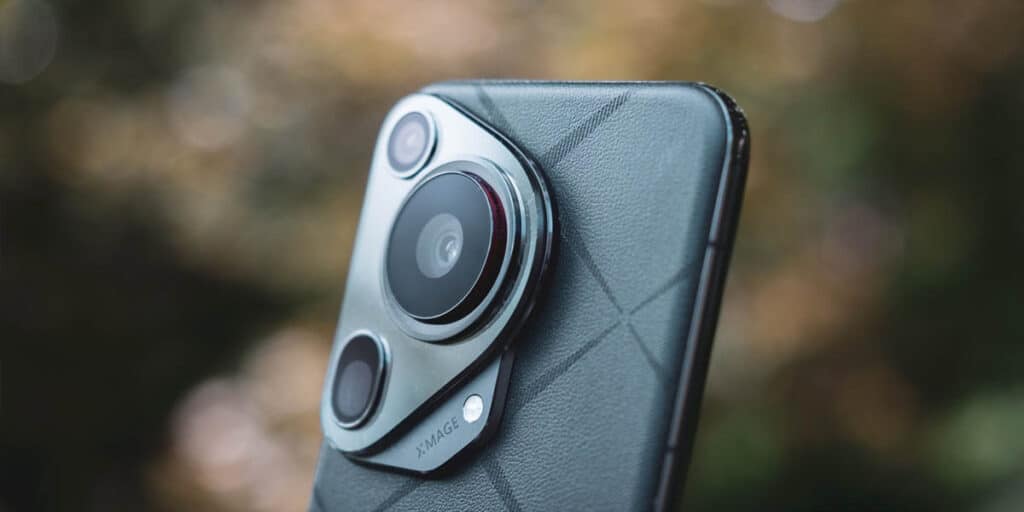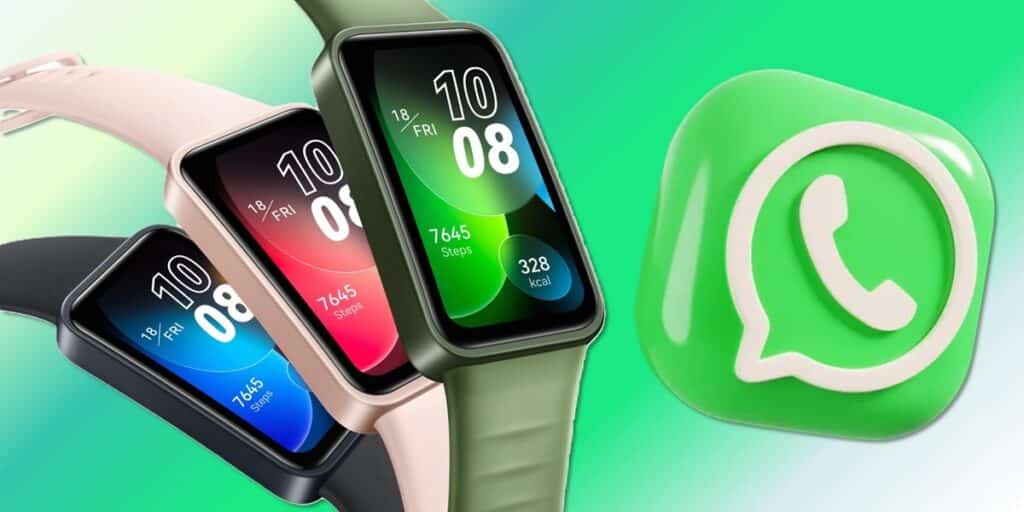Years ago, cell phone cameras were just a cool accessory, but the quality limited their use too much. Therefore, few people used them, since digital cameras were much better. However, with the explosion of social networks and technological advances, the situation has changed. Cameras are a key feature in smartphones todayto the point of competing in quality with many DSLRs or Mirrorless cameras that are not cheap.
Furthermore, it is no longer just a question of who has a higher resolution sensor, but other technical elements also come into play. Things like shutter speed, pixel size, and more. Do these sound familiar and you don’t know what they are? You are lucky because We will explain what F, MP and μm are in mobile cameras. Be careful, this also applies to traditional cameras.
What are Megapixels (MP)? The most popular term, but not necessarily the most important
![]()
Let’s start this explanation with the most known term: MP, which is short for megapixel and is closely related to the resolution of a photograph (number of pixels it contains). One megapixel is equal to 220 pixels or about a million pixels.
It is calculated by multiplying the number of horizontal and vertical pixels of a sensor. Therefore, a sensor capable of capturing 8000 x 6000 pixel photos would have a resolution of 48 MP. While, a 4000 x 3000 pixel sensor would be 12 MP.
In very vague terms, Higher resolution means more detailbut this is a mistake. The reality is this There are other elements that significantly influence quality.such as the amount of light entering the sensor, the size of the sensor itself, the pixel size, or the binning. Therefore, the 50 MP camera of the Huawei Pura 70 Ultra is superior to the 200 MP camera of the Galaxy S24 Ultra.
What are micrometers (μm)? The pixel size of a sensor
Let’s now talk about a much less known, but very important term: the micrometer (μm). It is a unit of measurement and is related to the individual size of each pixel. on a sensor.
The larger a pixel, the more light it will be able to capture. and consequently you will have an image with greater detail. SO, A sensor with 1.2μm pixels will capture more light than one with 0.8μm pixelswith the same shutter speed and lighting conditions. This is especially true in low-light conditions, where pixel size becomes much more important.
But this unit has an extra gear: Pixel Binning. It is a technique adopted by numerous cameras to improve the quality of images. It is composed of group several immediate pixels and generate a new one with higher quality and detail. So, for example, a 48MP camera ends up generating 12MP images due to the binning of four pixels (2 x 2).
What is the focal aperture (f/stop) on a cell phone? One of the regulators of light transmission and depth of field
Now let’s move on to a very important term in the world of photography that many people are unaware of or omit: focal aperture. It has to do with how open or closed is the camera’s aperture and is measured in “f/stops”.
A lower f/stop (f/1.8, for example) means the aperture is wider open. and allows more light to pass through. Meanwhile, a higher f/stop (like f/2.4) means a narrower aperture (less light).
If it seems to you that it doesn’t make sense for the top to be more closed and the bottom to be more open, we’ll explain why: open also It is related to the depth of field of an image. Therefore, the lower the f/stop, the smaller the area in focus in an image will be (ideal for portraits); And The higher the f/stop, the larger the focus area. (depth of field, ideal for landscapes).
What is the shutter speed on a cell phone?
Shutter speed refers to the time it takes for the camera shutter to close and prevent light from passing to the sensor. The longer the shutter is open, the longer the sensor will be exposed and the more light it will capture.
It is measured in 1/X, where “1” equals one second and the X is the number of times it will be divided. So, a shutter speed of 1/2 means that the shutter will take 0.5 seconds to close; a 1/4 would be 0.25 seconds, and a 1/1000 would be only 0.0001 seconds.
AS, Will a faster shutter speed always be better? Not necessarily, because a long exposure (more light) can cause the photo to burn. Meanwhile, too short an exposure (less light) means that not enough details are captured and the image becomes blurry. This is also important for photos and videos with motion.
How does sensor size affect a cell phone camera?
Finally, we will talk about one last term that is also relevant: the size of a sensor. To make it easy: The larger the sensor, the more light and detail it can captureTherefore It will have better dynamic range and lower noise. Remember though that there are other variables that influence.
The size of a sensor is measured in inches, so a 1” sensor will be larger than a 1/2.55” one.. At the time of writing, the largest sensors used in mobile phones were 1″, such as in the Xiaomi 14 Ultra, Huawei Pura 70 Ultra or Find X7 Ultra.
Has everything become clearer to you? Definitely yes, so now you can more easily choose a cell phone with a better camera.








